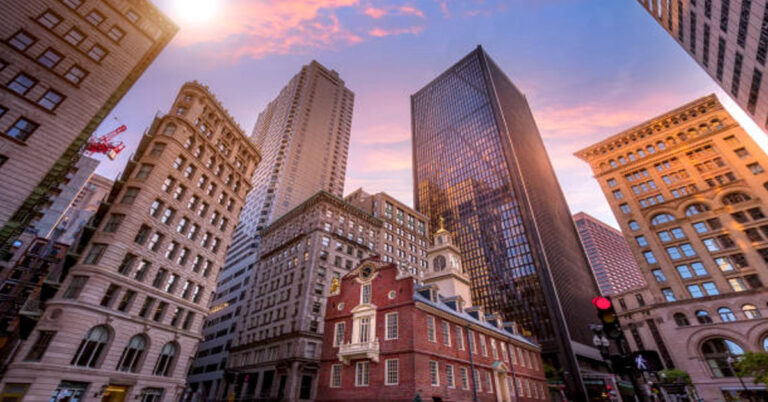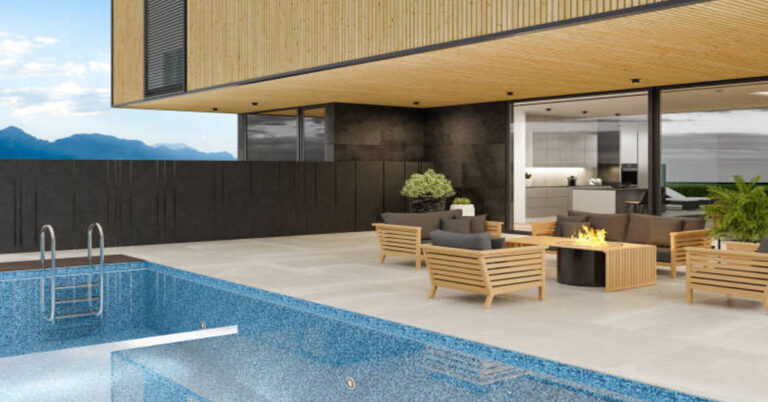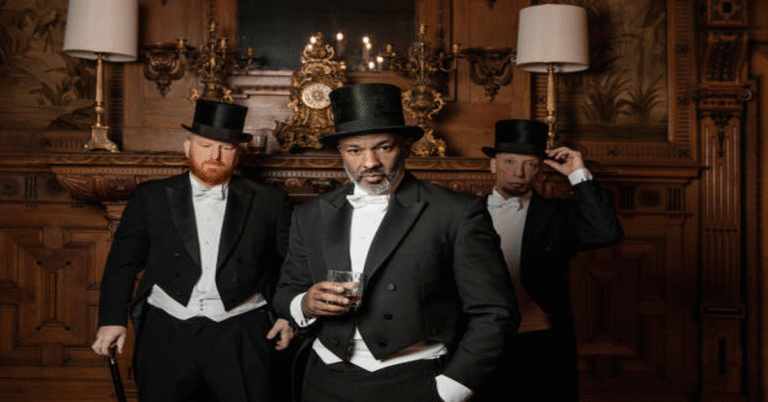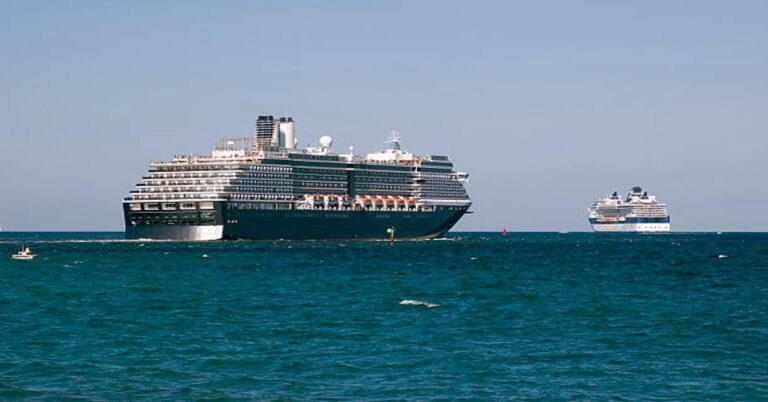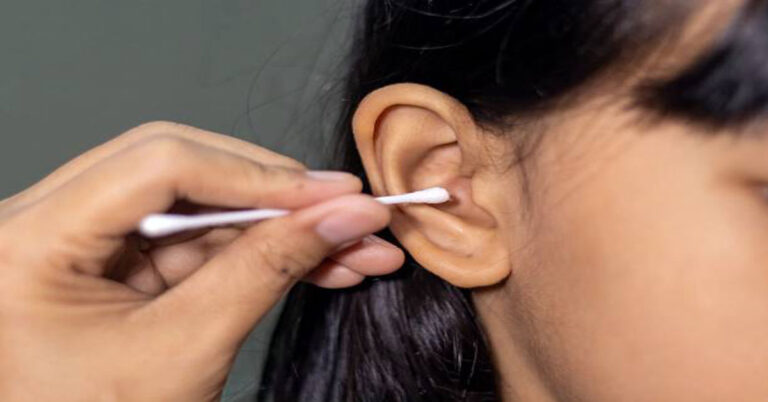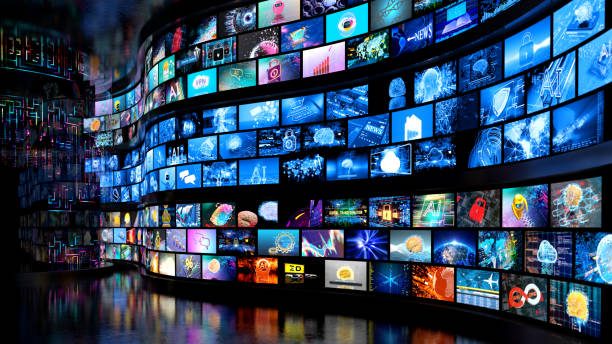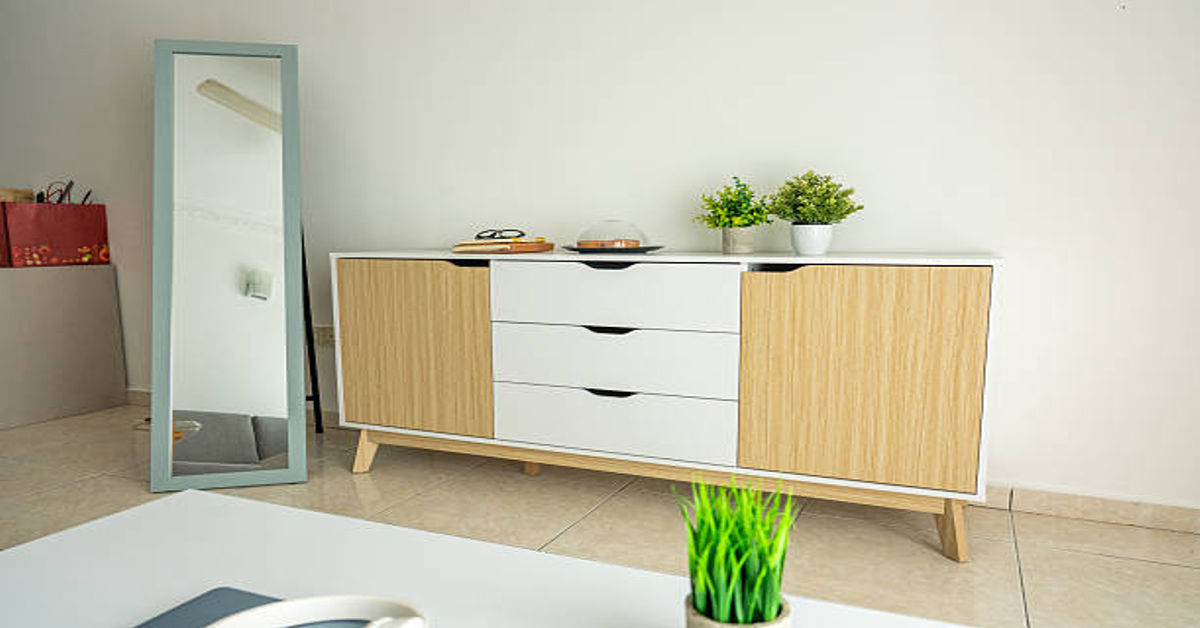
Minimalism is more than just a design trend or a way of decluttering one’s home — it’s a conscious lifestyle philosophy that challenges the norms of materialism and excess. The minimalist lifestyle is rooted in the belief that happiness and fulfillment do not come from possessions, but from purpose, clarity, and intentional living. While the modern world constantly pushes us to buy, upgrade, and accumulate more, minimalism invites us to pause, question, and simplify. It is about choosing quality over quantity, experiences over things, and peace over chaos.
At its core, minimalism isn’t about depriving oneself or living in an empty room with a single chair. It’s about creating space — physically, mentally, and emotionally — for what truly matters. In this detailed exploration, we’ll dive into the origins of minimalism, its principles, benefits, challenges, and practical ways to embrace it in everyday life.
1. The Philosophy Behind Minimalism
Minimalism can be traced back to ancient teachings from various cultures and spiritual traditions. Buddhist monks, for example, have long practiced detachment from material possessions as a path to enlightenment. Similarly, Stoic philosophers in ancient Greece emphasized simplicity, self-control, and the pursuit of inner peace rather than wealth. In modern times, minimalism evolved as a response to consumer culture — a rebellion against the endless cycle of consumption that often leaves people stressed and unfulfilled.
The philosophy centers on intentional living — making deliberate decisions about what to own, how to spend time, and where to focus energy. It encourages individuals to ask, “Does this add value to my life?” before saying yes to new possessions or commitments. This simple yet powerful question forms the backbone of minimalism.
2. Core Principles of the Minimalist Lifestyle
The minimalist lifestyle rests on a few guiding principles that help individuals lead simpler, more fulfilling lives:
| Principle | Description |
|---|---|
| Intentionality | Every choice is made consciously, not by habit or impulse. |
| Simplicity | Reducing unnecessary possessions, commitments, and distractions. |
| Clarity | Creating mental and physical space to focus on priorities. |
| Quality over Quantity | Valuing well-made, durable items and meaningful relationships. |
| Sustainability | Consuming less to minimize environmental impact. |
| Freedom | Reducing dependence on material goods and societal pressures. |
Each of these principles interconnects to form a lifestyle that emphasizes awareness and balance. Living minimally means freeing yourself from the excess that clouds judgment and distracts from what truly brings happiness.
3. The Psychological Foundation of Minimalism
Psychologically, the minimalist lifestyle resonates deeply because it reduces the mental burden of decision fatigue, comparison, and clutter. Studies have shown that visual clutter can elevate cortisol (stress hormone) levels, disrupt concentration, and lower productivity. By simplifying one’s environment, people experience a sense of calm and control.
Minimalism also aligns with the concept of cognitive simplicity — the idea that the mind functions more efficiently when it has fewer distractions. By removing unnecessary items, tasks, and obligations, we allow our mental energy to focus on creativity, relationships, and personal growth.
Moreover, minimalism helps reduce the anxiety caused by societal expectations. In a world driven by advertising and social media, people often feel pressured to buy the newest gadgets or follow the latest trends. Minimalism offers a refreshing alternative: contentment through purpose, not possessions.
4. Benefits of Adopting a Minimalist Lifestyle
The rewards of minimalism extend far beyond a clean home. Below are the key benefits categorized for clarity:
| Category | Benefits |
|---|---|
| Mental Health | Reduces stress and anxiety, improves focus, increases mindfulness, and enhances inner peace. |
| Financial Freedom | Lowers expenses, curbs impulse buying, promotes saving and intentional spending. |
| Time Management | Less time cleaning, maintaining, or organizing possessions means more time for meaningful activities. |
| Environmental Impact | Reduces waste, promotes sustainability, and lowers one’s carbon footprint. |
| Personal Growth | Encourages gratitude, self-awareness, and purpose-driven living. |
| Relationships | Shifts focus from possessions to people, deepening emotional connections. |
Minimalism essentially redefines success. Instead of measuring life by how much we own, it encourages us to measure it by how much joy and purpose we experience.
5. Decluttering: The First Step Toward Minimalism
Decluttering is often the most visible and immediate step in embracing minimalism. It’s about more than just cleaning up — it’s a process of self-discovery and prioritization. Every item we own takes up space, time, and attention. The minimalist approach to decluttering asks: Does this object serve a purpose or bring me joy? If not, it’s time to let it go.
Practical Steps to Declutter:
- Start Small: Begin with one area, such as a drawer or a shelf, rather than tackling the entire house.
- Sort and Categorize: Create four piles — keep, donate, recycle, and discard.
- Follow the One-Year Rule: If you haven’t used something in a year, you probably don’t need it.
- Organize What Remains: Store items neatly and ensure everything has a designated place.
- Avoid Reaccumulation: Be mindful of what you bring back into your space.
Decluttering Checklist Example
| Category | Keep | Donate/Discard |
|---|---|---|
| Clothing | Comfortable essentials and favorites | Unworn or duplicate items |
| Kitchen Items | Daily-use utensils | Rarely used gadgets |
| Books | Meaningful or frequently referenced titles | Books never opened |
| Electronics | Devices used regularly | Outdated or broken gadgets |
Decluttering acts as a physical manifestation of internal change — as we release material excess, we also let go of emotional baggage and stress.
6. Minimalism in Daily Living
Minimalism extends beyond the home — it influences how we approach work, relationships, technology, and even diet.
a. Minimalism at Work
Minimalist workspaces enhance productivity and creativity. A clutter-free desk, simplified task lists, and focus on essential work lead to higher efficiency and less burnout. Instead of multitasking, minimalists practice monotasking — doing one thing at a time with full attention.
b. Minimalism in Relationships
Quality relationships flourish when you remove superficial distractions. Minimalism promotes genuine connections by emphasizing presence over presents. Spending mindful time with loved ones and cutting toxic relationships that drain energy are core elements of minimalist social living.
c. Minimalism in Technology
Digital minimalism involves using technology intentionally. This means decluttering your digital life — unsubscribing from unnecessary emails, deleting unused apps, and setting screen-time limits. The goal is to let technology serve you, not enslave you.
d. Minimalist Diet and Health
Minimalist eating focuses on simplicity and nourishment rather than indulgence. Eating whole, natural foods and avoiding excessive consumption of processed items aligns with the minimalist philosophy. It’s not about strict diets, but about mindful eating — appreciating every bite and understanding what truly fuels your body.
7. Financial Minimalism: Simplifying Your Money Life
Financial minimalism is about aligning spending with values. Instead of buying impulsively or chasing luxury for status, minimalists prioritize long-term goals and financial stability.
| Practice | Description |
|---|---|
| Budgeting Intentionally | Track income and expenses to spend on essentials and goals. |
| Avoiding Debt | Limit or eliminate credit card use and loans for non-essential purchases. |
| Investing Wisely | Focus on stable, long-term investments rather than short-term gratification. |
| Experiential Spending | Spend money on experiences (travel, education, hobbies) rather than possessions. |
| Emergency Fund | Maintain savings to reduce financial anxiety. |
Minimalist finances lead to greater freedom — the ability to choose meaningful experiences without being burdened by debt or material pressure.
8. Environmental Impact of Minimalism
Minimalism is inherently eco-friendly. By consuming less, we reduce demand for mass production, packaging, and energy-intensive transport. The minimalist lifestyle supports sustainability in several ways:
- Less Waste Production: Buying fewer items reduces landfill waste.
- Lower Carbon Footprint: Conscious consumption means less manufacturing and shipping emissions.
- Sustainable Choices: Minimalists often choose reusable, durable, and ethically made products.
- Mindful Consumption: Awareness of environmental impact guides purchasing decisions.
When individuals live minimally, they contribute to collective ecological preservation — showing that small, intentional actions can create significant global change.
9. The Emotional Journey of Minimalism
Transitioning to a minimalist lifestyle is not just a physical shift; it’s deeply emotional. Many people struggle with letting go of sentimental items, fearing loss or regret. However, minimalism encourages detachment from material memories and focusing on experiences instead.
Minimalism teaches emotional resilience — the ability to find contentment in simplicity and gratitude. Over time, people often discover that freedom from clutter translates into emotional clarity and self-confidence. The process can be challenging but profoundly rewarding.
10. Challenges of the Minimalist Lifestyle
While minimalism offers immense benefits, it’s not without challenges. Here are common obstacles and ways to overcome them:
| Challenge | Description | Solution |
|---|---|---|
| Emotional Attachment | Difficulty parting with sentimental items. | Focus on memories, not material things; photograph items before discarding. |
| Social Pressure | Fear of judgment from others. | Stay true to personal values; educate others about your choices. |
| Overdoing Minimalism | Extreme minimalism can feel restrictive. | Find a balanced approach that fits your lifestyle. |
| Consumer Temptations | Advertising and trends lure back to excess. | Practice mindfulness and gratitude daily. |
Recognizing these challenges helps individuals maintain long-term commitment without guilt or unrealistic expectations.
11. Minimalism and Mindfulness: A Powerful Connection
Mindfulness and minimalism are intertwined philosophies. Mindfulness means being present and aware of the moment, while minimalism removes distractions that prevent such awareness. When practiced together, they amplify each other — minimalism simplifies external life, and mindfulness deepens internal peace.
Practical mindfulness techniques include:
- Daily meditation or quiet reflection.
- Gratitude journaling.
- Conscious breathing during routine activities.
- Digital breaks to reconnect with the physical world.
Together, these practices promote a centered, calm lifestyle that values being over having.
12. Minimalism and Modern Society
Minimalism challenges the consumerist narrative that more equals better. In modern culture, advertisements link happiness with possessions — newer phones, bigger homes, faster cars. Yet many people find themselves trapped in debt, stress, and dissatisfaction. Minimalism questions this illusion and offers a sustainable alternative.
This movement also aligns with changing global values, as more individuals seek work-life balance, environmental consciousness, and mental wellness. Social media has popularized minimalism through visual simplicity — clean spaces, neutral colors, and calm aesthetics — but true minimalism is deeper than aesthetics; it’s a mindset of deliberate living.
13. Steps to Start Living Minimally Today
Here’s a practical roadmap for beginners:
- Clarify Your Why: Identify your motivations — peace, freedom, sustainability, or financial control.
- Declutter Gradually: Tackle one area at a time and set clear boundaries for what stays.
- Simplify Your Schedule: Say no to commitments that don’t align with priorities.
- Adopt a Capsule Wardrobe: Choose versatile, high-quality clothing that matches easily.
- Digital Detox: Limit screen time and remove unnecessary apps or notifications.
- Mindful Consumption: Before buying, ask, “Do I really need this?”
- Focus on Experiences: Create memories rather than collect items.
- Maintain Minimalism: Regularly reassess possessions and commitments to prevent clutter creep.
14. Minimalism and Family Life
Minimalism can transform family dynamics. When families adopt it together, children learn the value of gratitude, creativity, and sharing. Parents often find that less clutter leads to calmer homes and more meaningful time spent together. Family minimalism doesn’t mean denying children toys or activities — it means choosing what truly enriches development and joy.
Practical family applications include:
- Rotating toys instead of owning too many.
- Creating shared experiences like outdoor adventures.
- Teaching kids to donate old items regularly.
- Simplifying family schedules to allow for quality time.
15. Minimalism and Personal Growth
Minimalism fosters profound personal transformation. By letting go of distractions, individuals can focus on self-improvement, learning, and purpose. Many minimalists report improved creativity, better relationships, and increased self-awareness. It teaches patience, gratitude, and the beauty of contentment.
Through minimalism, one learns that abundance is not measured by what we own, but by how deeply we live.
16. The Future of Minimalism
As global awareness about sustainability and mental health grows, minimalism is likely to become more mainstream. Businesses are adopting minimalist designs and sustainable practices. Education systems increasingly promote emotional intelligence and mindful consumption. The minimalist lifestyle is no longer a niche trend — it’s becoming a guiding principle for conscious living in the modern age.
Conclusion: The Art of Living Intentionally
The minimalist lifestyle is not about restriction; it’s about liberation. It teaches us that happiness doesn’t come from having everything, but from appreciating what we already have. By simplifying our possessions, schedules, and minds, we open space for joy, creativity, and purpose. In a world overwhelmed by noise and distraction, minimalism is a quiet revolution — one that leads us back to clarity and authenticity.
Choosing minimalism is choosing balance, awareness, and freedom. It’s not a destination, but a continuous journey toward a meaningful, intentional life.
FAQs
1. Is minimalism the same as being frugal or stingy?
No, minimalism is not about avoiding spending but about spending intentionally. It emphasizes quality and purpose rather than deprivation or excessive saving.
2. Can I be a minimalist if I have a family or children?
Absolutely. Minimalism can be adapted to family life by teaching children about gratitude, mindful consumption, and focusing on shared experiences instead of excess possessions.
3. Does minimalism mean I can’t enjoy luxury or beauty?
Not at all. Minimalism encourages appreciation of beauty and quality. You can enjoy luxury items as long as they add genuine value to your life.
4. How does minimalism affect mental health?
Minimalism reduces stress, anxiety, and overwhelm by removing clutter and unnecessary commitments, allowing for greater focus and peace of mind.
5. How can I maintain a minimalist lifestyle long-term?
Consistency and mindfulness are key. Regularly reassess possessions, avoid impulse purchases, and practice gratitude to sustain minimalism as a lifelong habit.

